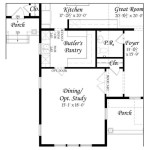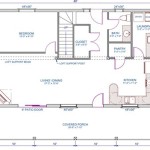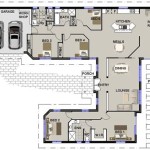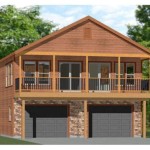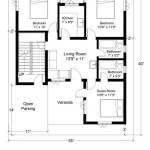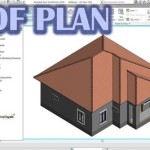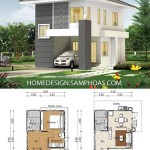Affordable housing floor plans are a great way to save money while still providing comfortable living conditions for residents. With the rising cost of living, many people are turning to affordable housing as a way to keep their housing costs down. However, it’s important to remember that not all affordable housing is created equal. It is important to consider the design of the floor plans in order to maximize savings.
Choose the Right Floor Plan for Your Needs
When selecting an affordable housing floor plan, it is important to consider your individual needs. For example, if you plan to have a large family, then you may want to look for a floor plan that allows for extra bedrooms. On the other hand, if you are an individual or couple, then a one- or two-bedroom floor plan may be more suitable. Additionally, you should consider the size of the rooms within the floor plan. A larger room may be necessary if you need extra space to store furniture or if you have a lot of visitors.
Maximize Efficient Use of Space
When designing an affordable housing floor plan, it is important to maximize efficient use of space. This means utilizing furniture, fixtures, and accessories in creative ways to maximize the use of area within the floor plan. This can be done by choosing furniture that is multifunctional and can be used for multiple purposes. Additionally, you can make use of wall space by utilizing shelves and cabinets.
Consider Lighting and Ventilation
Lighting and ventilation are important considerations when designing affordable housing floor plans. Good lighting can help to create a bright and inviting living space, while proper ventilation can help to reduce the risk of mold and mildew. It is important to consider the placement of windows and other sources of natural light when designing the floor plan. Additionally, you should consider how the placement of furniture and other items will affect ventilation within the room.
Choose Sustainable Materials
When selecting materials for an affordable housing floor plan, it is important to choose materials that are sustainable and energy efficient. This means choosing materials that are durable and require minimal maintenance. Additionally, you should look for materials that are energy efficient and can help to reduce energy costs. Examples of sustainable materials include bamboo flooring, low-VOC paints, and energy efficient appliances.
Conclusion
Designing an affordable housing floor plan can be a challenging task. However, by taking the time to consider the needs of the residents and selecting the right materials, it is possible to create a floor plan that is both affordable and comfortable. By following the tips outlined above, you can maximize savings and create an affordable housing floor plan that meets your needs.

.jpg?1407288207)









.jpg?1407288286)


Related Posts

